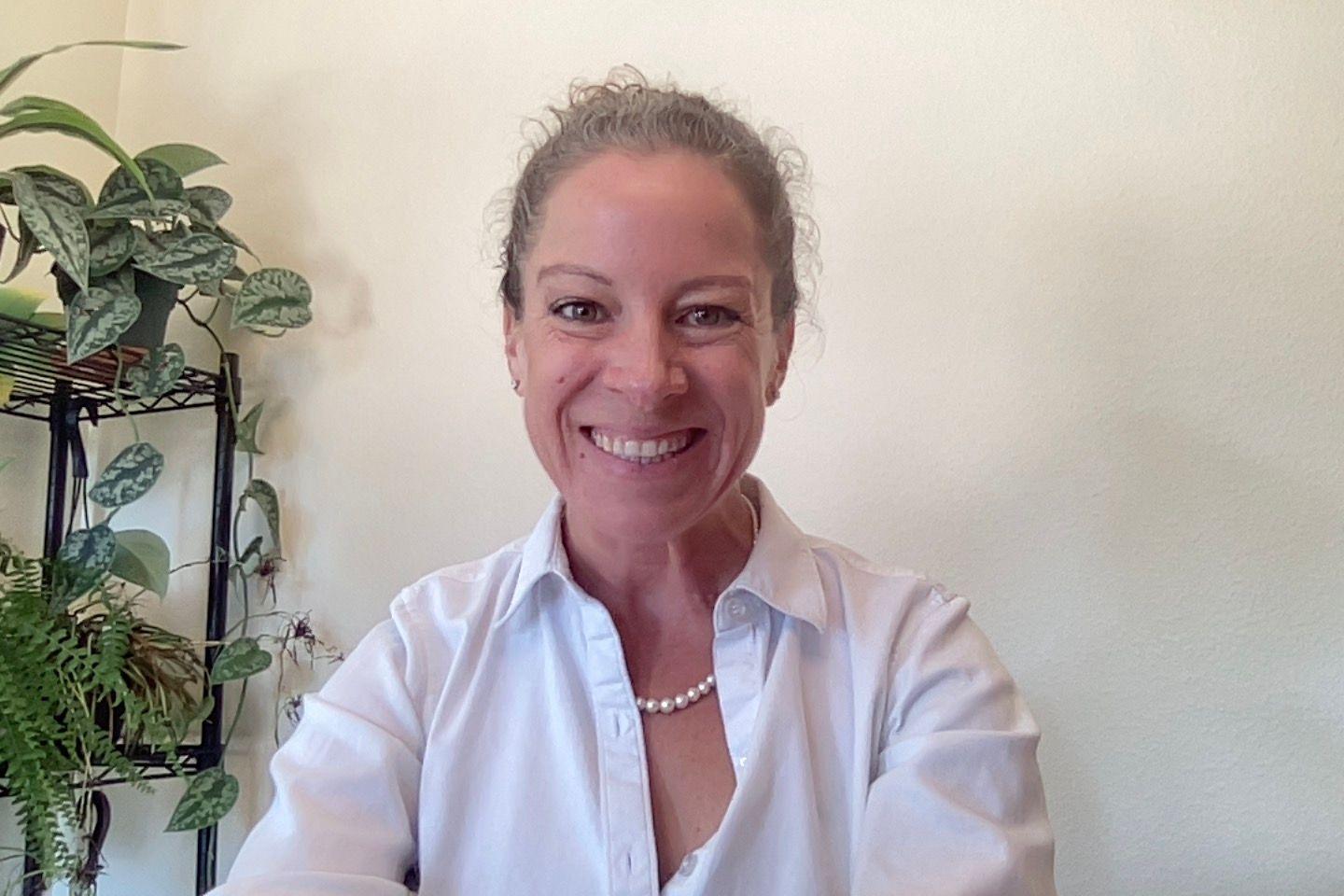"Jackie’s wealth of expertise is a significant addition to our team, as we work to lead vehicle-grid integration here in North America. Her clear vision for creating the policy and regulatory frameworks for EVs to become an important grid asset aligns with our strategy. Jackie will drive toward that vision while ensuring that we have the right policies in place to charge EVs intelligently today and can accelerate the electrification of transportation."
Greg Hintler,
U.S. Managing Director, The Mobility House
We sat down with Jackie to hear her insights on the state of vehicle-grid integration.
What should we know about your background in vehicle-grid integration, in the U.S. and internationally?
In my previous position, I worked in the UK, Denmark, Japan, and at the European Union level to reframe EVs as Distributed Energy Resources. In the beginning the challenge was to convince policy makers to consider developing structures for these innovative EV technologies when EVs themselves weren’t that common. This included interconnection, regulatory definitions, metering, taxation, wholesale market structures, aggregation, revisions to utility make-ready programs, retail rates, as well as pushing the need for communication and coordination between agencies and departments working on EVs and other types of DER/demand flexibility.
What important trends are you seeing in V2G/VGI space today?
I’ve seen more policy development around VGI and V2G in the past two years than I saw in the preceding eight, and it is only accelerating. Both VGI and V2G have been included in federal legislation in the last year, which is an exciting feat for the industry. The Inflation Reduction Act (IRA) confirms that V2G devices qualify for the EVSE tax credit. The EPA actually has a web page describing how a V2G school bus can benefit schools who are taking advantage of the new Clean School Bus funding enabled by the Infrastructure Investment and Jobs Act (IIJA). At the state level, demand response programs and utility rate structures are being adjusted to account for VGI/V2G in multiple states across the country. Seeing utilities start to incorporate these programs into their operations and planning is a big green light for me – and brings that concrete value stream piece that has been missing from the industry.
How does U.S. adoption of electrification compare to what’s happening internationally?
Europe and the UK are undeniably further along in terms of both transportation electrification as a project and the policies that accompany it in terms of automated load management (ALM) rollout, aggregation, market structure revision, and metering. That said, I can see policy and regulatory innovations ricocheting back and forth between the U.S. and other countries. The Mobility House’s international presence will allow us to both learn from and continue to push the progress we are seeing in the U.S. and Europe.
What is your near-term vision for EV fleet electrification as a whole in the U.S.?
The exciting thing for me has been the relatively recent policy focus on the medium- and heavy-duty space. These new requirements, regulations, and funding will move electrification of those segments closer to near/medium-term along with the light-duty fleets you’re hearing about more. The medium- and heavy-duty segments will need higher-powered charging and the funding from the federal and even state governments will just be a drop in the bucket of what is needed, particularly on the infrastructure side. I think we’ll see more and more private investment and along with it, additional interest in ways to both optimize and monetize the inherent flexibility of EVs as charging and discharging grid assets.
What drew you to The Mobility House, and what makes right now an exciting time to join the team?
Policy makers and industry leaders had long anticipated 2021 as an inflection point for the EV transition based on automotive manufacturers’ targets for EV introductions. COVID moved that timeline back a bit – along with pretty much everything else – but you can now see more and more electric models of both passenger cars and medium/heavy-duty vans, trucks, and buses appearing all the time. Federal moves like the IIJA and the IRA are spurring increased state-level engagement in funding and regulatory development as well. Now is the time to influence how the grid will be rebuilt and reimagined to integrate EVs rather than just adding them at the edges and hoping they don’t break it. Policy development does not happen in a vacuum, and regulators are often happy to hear about how a problem they are facing has been addressed elsewhere. The Mobility House’s ability to bring data and case studies from different geographies to support our recommendations will be our greatest strength. With its experience implementing Chargepilot at more than 1,000 sites in Europe and now in regions across the U.S. – from Seattle to St. Louis to New York – The Mobility House is in a perfect position to lead the conversation on how to efficiently bring millions of EVs onto the system while giving customers a seamless charging management experience.
Want to learn more about The Mobility House’s pioneering V2G work across the world? Read about our work at the Johan Cruijff ArenA in Amsterdam, a “fossil fuel free island” in Porto Santo, the first V2G trial in Southeast Asia, and how we are mitigating transmission line congestion in Germany to stabilize the country’s power grid.
